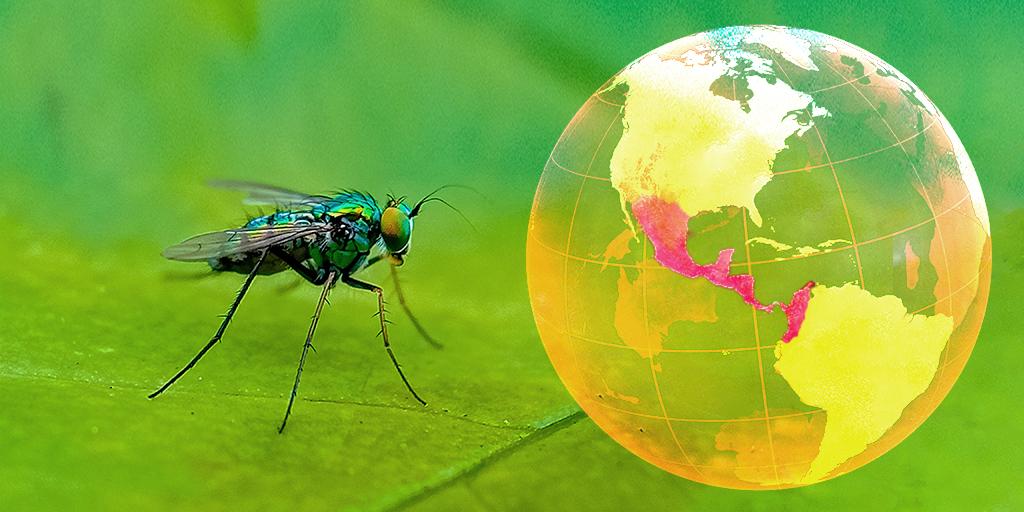
Return of the “Man-eating” Screw Worm!
Most health professionals thought the screw worm had been eradicated from Central America—but, three years ago, these worms reappeared, mostly in cattle, and now they are making their way back into the human population in Honduras and Nicaragua (Telegraph, June 24, 2025). The worms are maggots, hatched larvae of a particular type of fly—Cochliomyia hominivorax. The fly lays eggs in soft tissue, often in the nasal passage or the throat. From there, the maggots eat their way into the flesh. Depending on where the eggs are laid, they can cause greater or less damage. In one recent case in Honduras, the worms ate their way from a woman’s larynx to her lungs, ultimately killing her. Thus, the scientific species epithet for the worm: hominivorax, or “man-eating.”
The apparent source of the problem is cattle illegally raised in nature reserves. They are often smuggled by truck or boat to Mexico, and infected cows bring the flies with them. One official observed that “cows and bulls moved illegally, without health controls, are transporting larvae along cross-border corridors.” United States officials are concerned that the flies may cross the border to infect cattle there, as well, and perhaps eventually the U.S. population. They could also cause the price of beef to rise. The U.S. government plans to build a factory in South Texas to once again create sterile flies to slow the spread of this deadly pest.
From the moment Adam and Eve sinned, the natural world has not been man’s friend (Genesis 3:17–18). Pestilence has long been a part of mankind’s experience, but it is prophesied to play a devastating role at the end of the age, before Jesus’ return (Revelation 6:7–8). Screw worms are terrible, but prophecy indicates that there is worse ahead. You can learn more by listening to or reading Fourteen Signs Announcing Christ’s Return.



